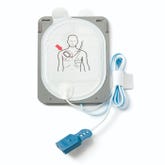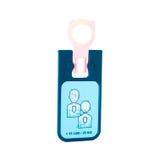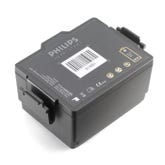AED Myths and Facts: Part 2
- May 28, 2018

We will be following up yesterday’s post with myths regarding who can use an AED and who an AED can be used on. Thanks to a suggestion from our logistics manager, we’ll also discuss what AED actually stands for and why.
Myth: Only a trained medical professional can use an AED.
Fact: Anyone can be trained to use an AED.
In fact, the auditory feedback provided by modern AEDs makes them readily usable even by individuals who have not received formal AED training. Most states have Good Samaritan Laws that protect laypersons who volunteer aid. (You can find a full list of state legislation regarding these laws and other AED issues here.) However, in order to ensure legal protection, business owners must create an AED Program that complies with federal and state statutes. This program will of course include providing AED and CPR training. At AED.com, we provide American Heart Association certified training for our customers. You can find more information about these programs on our website.
Myth: AEDs cannot be used on children.
Fact: AEDs can be modified to be safe for use on small children.
For children under the age of 8 or less than 55 lbs, the American Red Cross recommends the use of specialized pads which lower the amount of charge released by the AED. Purchasing an infant/child AED kit such as the Phsyio-Control model pictured below is a must for any school or daycare as well as highly recommended for any business where children may be present.
Myth: An AED stands for AUTOMATIC External Defibrillator.
Fact: An AED stands for AUTOMATED External Defibrillator.
The difference between automatic and automated may seem small in principle, but it can be a very important distinction in practice. All AEDs have automated elements, but some are only semi-automatic meaning they still require an individual to administer the charge as instructed by the AED. Fully automatic AEDs administer the charge without any further action by the rescuer. Many models such as the Cardiac Science Powerheart G3 AED pictured below are available for purchase in both automatic and semiautomatic. The automatic may be the best option for nonmedical personnel as less action is necessary.








 CALL US:
CALL US: